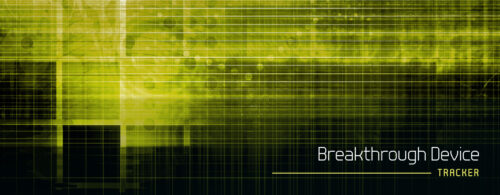
The world of medical devices is growing more sprawling every day. Some promising novel ideas can take longer to wind their way through regulatory review and get to patients — so since 2017, the Food and Drug Administration has deployed a program for what it calls “breakthrough devices” to speed the process.
The program has surged significantly in size, but its implementation remains largely shielded from the public eye. So STAT identified as many breakthrough-designated devices as possible — more than two-thirds of the total to date — and created a tool to help users understand the FDA’s approach. You can filter by conditions, clinical areas, manufacturer, market pathway, and authorization status.
We’ll be regularly updating the list with new designations as they’re made public. Because the FDA doesn’t disclose breakthrough status except for authorized devices, STAT’s database is sourced directly from companies that have chosen to publicly share it. Keep in mind that breakthroughs aren’t guaranteed to live up to their name — instead, the FDA’s designation indicates that a device, among other criteria, could one day prove to be “more effective” at treating or diagnosing deadly and debilitating conditions. Note that a breakthrough designation has no bearing on whether a device ultimately may be authorized or whether it proves to be more effective than alternatives.




